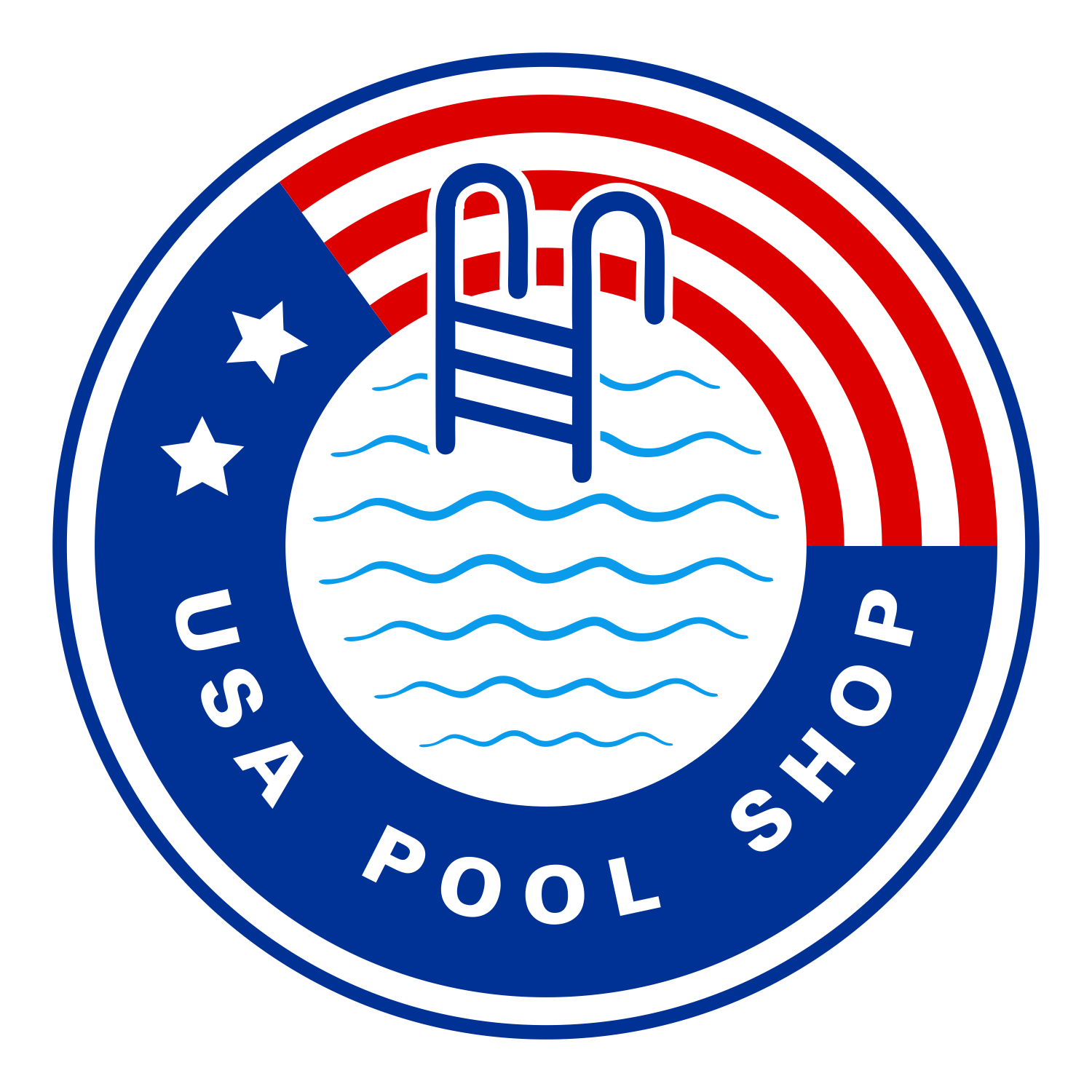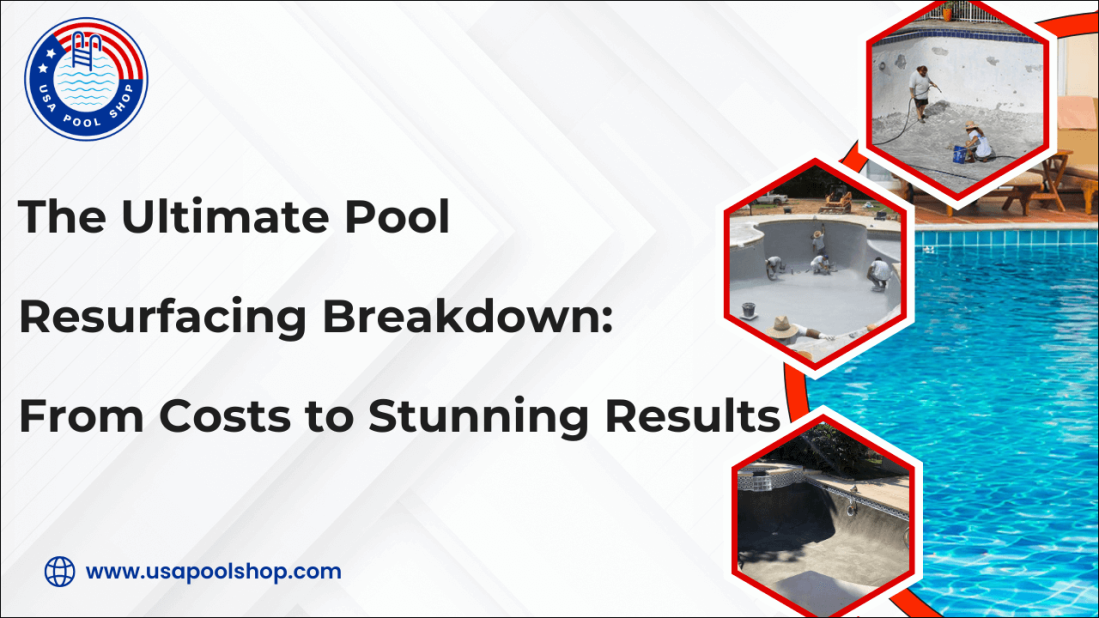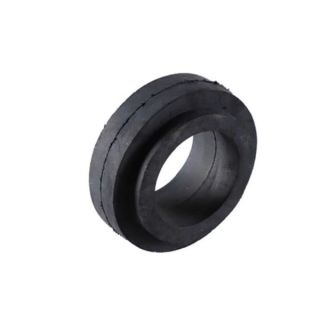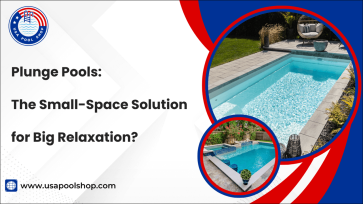Is your swimming pool showing its age? Cracks, stains, and a rough texture are common issues that can detract from your pool's beauty and safety. Swimming pool resurfacing is a vital process to restore your pool's glory, protect its structure, and ensure a safe and enjoyable swimming experience. In this comprehensive guide, we'll explore everything you need to know about swimming pool resurfacing, from identifying when it's necessary to understanding the costs, processes, and stunning finish options available. Regular pool maintenance is crucial, but sometimes, resurfacing is the only way to address significant wear and tear.
What is Swimming Pool Resurfacing?
Swimming pool resurfacing involves replacing the existing surface of your pool with a new layer of material. This becomes necessary when the original surface deteriorates due to age, chemical exposure, weather, or structural issues. The primary goals of resurfacing are to restore the pool's appearance, prevent leaks, and protect the underlying structure from further damage.
Different parts of pool, such as the walls and floor, require a smooth, intact surface to prevent algae growth and ensure swimmer safety. Neglecting resurfacing can lead to more significant and costly problems down the road.
Signs Your Pool Needs Resurfacing
Recognizing the signs that your pool needs resurfacing can save you from bigger headaches in the future.
Cracks: These can range from hairline fractures to larger, more visible cracks in the pool's surface. Cracks not only look unsightly but can also compromise the pool's structural integrity, leading to leaks.
Discoloration: Stains, fading, or uneven coloring of the pool surface are signs that the existing material is breaking down. This can be due to chemical imbalances, mineral deposits, or simply the age of the surface.
Rough texture: If the pool surface feels rough or abrasive to the touch, it's time to consider resurfacing. A rough surface can be uncomfortable for swimmers and may indicate that the material is eroding.
Structural issues: If you notice bulging, shifting, or other structural problems in parts of pool like the walls or floor, resurfacing may be necessary to address these underlying issues and prevent further damage.
Material Options for Pool Resurfacing
Selecting the right material is crucial for achieving the desired look, feel, and longevity for your pool.
Plaster: A classic choice that provides a smooth, traditional look. It's relatively affordable but may require more frequent pool maintenance.
Pebble: Offers a natural, textured surface that is slip-resistant and visually appealing. Pebble finishes are durable and can last for many years.
Quartz: Provides a balance of smoothness and texture, with a wide range of color options. Quartz finishes are known for their durability and resistance to staining.
Tile: A premium option that offers endless design possibilities. Tile is durable and easy to clean but can be more expensive than other materials.
For concrete pool resurfacing, durability is a key consideration. Pebble and quartz finishes are excellent choices for concrete pools due to their strength and resistance to cracking. Proper application and pool maintenance are essential to ensure the longevity of any resurfacing material.
Pool Resurfacing Process: Step-by-Step
The pool resurfacing process involves several key steps to ensure a long-lasting and beautiful finish.
Draining the pool: The first step is draining the pool completely. This allows for a thorough inspection and preparation of the existing surface.
Surface preparation: This is a crucial step that involves removing the old surface material.
Chipping: The existing plaster or surface material is chipped away to create a clean, bare surface.
Acid wash: An acid wash is used to remove any remaining debris, stains, and mineral deposits, ensuring a clean surface for the new material to bond to.
Material application: The new surface material is applied according to the manufacturer's instructions.
Plaster: Applied in layers to achieve a smooth, even finish.
Pebble: A mixture of pebbles and cement is applied and then acid-washed to expose the pebbles.
Quartz: Similar to pebble, but uses quartz aggregate for a different look and feel.
Curing and refilling: The new surface needs time to cure properly. This can take several days, depending on the material used. Once cured, the pool can be refilled, and the water chemistry balanced.
Pool Resurfacing Cost Breakdown
Understanding the pool resurfacing cost is essential for budgeting your pool renovation project.
Size of the pool: Larger pools require more materials and labor, increasing the cost.
Type of material: Different materials have different price points. Plaster is generally the most affordable, while tile is the most expensive.
Condition of the existing surface: If there is significant damage or structural issues, additional repairs will add to the cost.
Labor costs: Hiring experienced professionals will ensure a high-quality job, but labor costs can vary depending on location and expertise.
Here’s a general cost comparison by material:
Material | Cost Range (USD) |
Plaster | $2,500 – $5,500 |
Pebble | $5,000 – $10,000 |
Quartz | $4,000 – $8,000 |
Tile | $10,000+ |
While the upfront pool resurfacing cost may seem significant, consider the long-term benefits. A properly resurfaced pool can last for many years with proper pool maintenance, preventing costly repairs and enhancing your property value.
Bringing New Life to Your Pool: Trendy Renovation Ideas for 2025
Pool Resurfacing vs. Pool Remodeling
While swimming pool resurfacing focuses on replacing the pool's surface, pool remodeling encompasses a broader range of changes and upgrades. Pool remodeling can include altering the pool's shape, adding water features, updating the surrounding deck, and integrating new lighting systems.
When to consider both together:
Outdated design: If your pool's design is no longer in style or doesn't fit your lifestyle, pool remodeling can bring it up to date.
Functional improvements: If you want to add features like a spa, tanning ledge, or swim-up bar, pool remodeling is the way to go.
Extensive damage: If your pool has significant structural damage beyond just the surface, combining resurfacing with remodeling can address all issues at once.
Pool Maintenance after Resurfacing
Proper pool maintenance after resurfacing is crucial to protect your investment and extend the life of your pool. Here are some essential tips:
Balance water chemistry: Regularly test and adjust the water's pH, alkalinity, and calcium hardness to prevent damage to the surface.
Clean regularly: Brush the walls and floor of the pool weekly to prevent algae buildup and staining.
Maintain filtration system: Keep your filtration system clean and functioning properly to ensure clear and healthy water.
Monitor for cracks: Regularly inspect the surface for any new cracks or signs of wear, and address them promptly.
Enhancing the Look: Tips for a Stunning Finish
The pool renovation process offers a great opportunity to enhance the aesthetic appeal of your pool. Here are some tips for achieving a stunning finish:
Color choices: Select a color that complements your backyard and creates the desired ambiance. Lighter colors make the pool appear brighter and more inviting, while darker colors create a more dramatic and luxurious look.
Finishes: Consider adding decorative elements like glass beads or shells to the surface for a unique and eye-catching finish.
Tile accents: Use decorative tiles to add interest and visual appeal to the waterline, steps, and other parts of pool.
Lighting: Incorporate LED lighting to create a magical atmosphere for evening swims.
Water features: Add a waterfall, fountain, or other water feature to create a relaxing and visually stunning focal point.
Smart Pool and Best Lighting Ideas for a Stunning Backyard
Timely swimming pool resurfacing is an essential pool maintenance task that can significantly extend the life of your pool, prevent costly repairs, and enhance your backyard oasis. Whether you opt for a simple plaster finish or a more elaborate pebble or tile design, understanding the pool resurfacing process and pool resurfacing cost is key to making informed decisions. By combining resurfacing with other pool remodeling efforts, you can create a stunning and functional pool area that you and your family will enjoy for years to come. USAPoolShop is your go-to source for premium pool equipment parts across the USA. We offer a wide range of high-quality filters, pumps, heaters, and cleaners from top manufacturers.
FAQs
Can swimming pool resurfacing help fix minor leaks?
Yes, swimming pool resurfacing can seal small cracks or pinhole leaks caused by wear and tear, especially in concrete pool resurfacing. However, larger structural leaks may require additional repairs before resurfacing.
How long should I wait before swimming after resurfacing my pool?
It’s typically recommended to wait 7–10 days after completing the pool resurfacing process. This allows materials to cure properly and ensures water chemistry remains balanced during early pool main














Validate your login